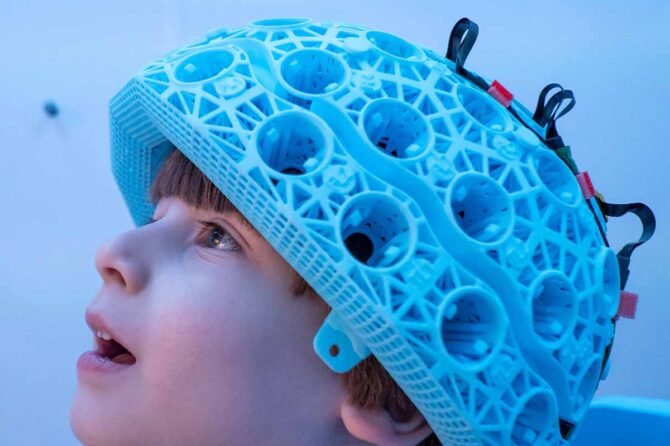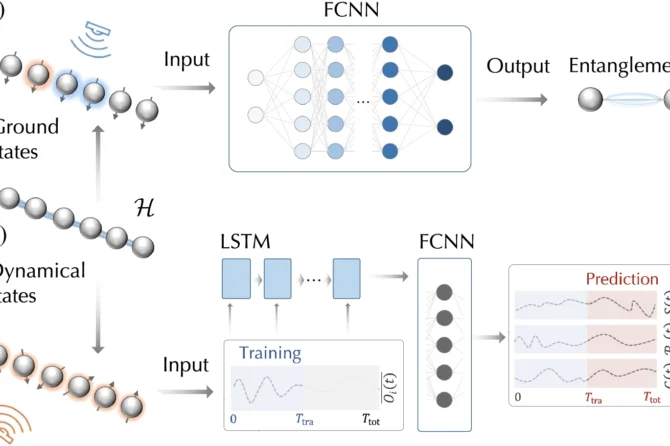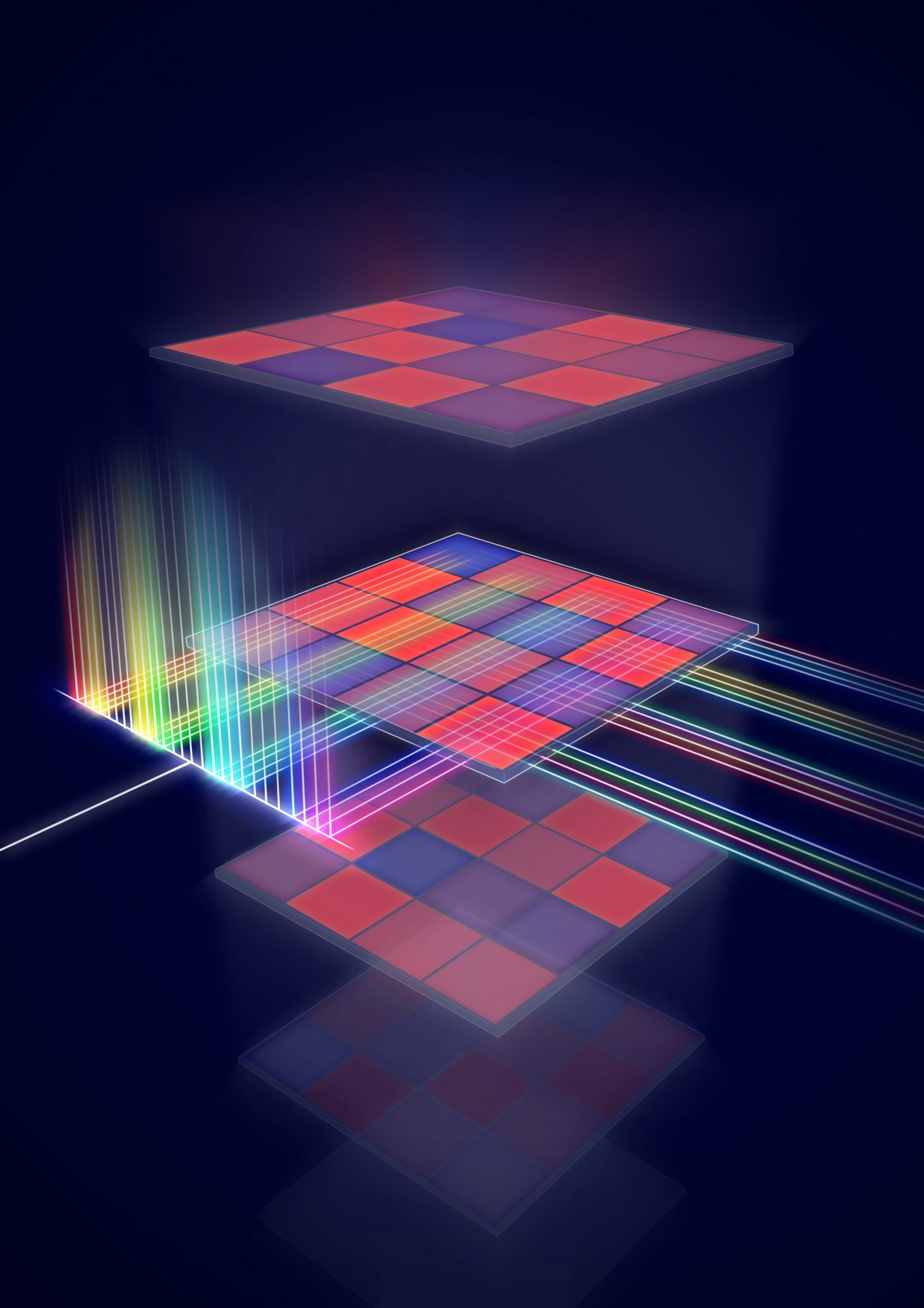Scientists have made a transformative discovery in quantum computing that challenges long-held assumptions about spin qubit assembly. The breakthrough research, conducted by teams at the University of Freiburg’s Institute of Physical Chemistry and the University of Strasbourg’s Institut Charles Sadron, demonstrates that hydrogen bonds can effectively facilitate spin interactions between qubit components, overturning the conventional belief that covalent bonds were essential for this purpose.
At the core of quantum computing are qubits, the quantum counterparts to classical computer bits. In molecular spin qubits, which show particular promise for quantum sensing applications, light can be used to generate additional spin centers and create what’s known as a light-induced quartet state. Until this discovery, the scientific consensus held that achieving the necessary strong interactions between spin centers required covalent bonding between components, a requirement that posed significant challenges for scaling up quantum technologies.
The research team’s innovative approach centered on a model system combining two key components: a perylenediimide chromophore and a nitroxide radical. Through careful experimentation, they demonstrated that these components could self-assemble in solution using hydrogen bonds, forming functional units capable of the desired spin interactions. This finding represents a paradigm shift in quantum material design, as it opens up the possibility of using supramolecular chemistry – a field focused on molecular self-assembly through non-covalent interactions – to create ordered networks of spin qubits.
The implications of this discovery are far-reaching for the field of molecular spintronics. Traditional approaches to creating spin qubit networks relied on complex synthetic processes to form covalent bonds between components, making large-scale production challenging and resource-intensive. By showing that hydrogen bonds can effectively serve this purpose, the researchers have unveiled a more practical and scalable path forward. This new approach leverages the natural tendency of certain molecules to self-organize through hydrogen bonding, potentially streamlining the production of quantum materials.
Dr. Sabine Richert, who leads an Emmy Noether junior research group at the University of Freiburg’s Institute of Physical Chemistry, emphasizes the significance of this breakthrough. The discovery opens up new avenues for researching, scaling, and optimizing quantum systems through supramolecular chemistry. This field’s established principles and techniques can now be applied to quantum material development, potentially accelerating progress toward practical quantum technologies.
The research marks a crucial step toward developing new components for molecular spintronics, a field that aims to harness electron spin for information processing and storage. By demonstrating that non-covalent bonds can support efficient spin communication, the team has effectively lowered the barriers to entry for quantum material design and optimization. This could lead to more rapid iteration and testing of new quantum materials, as researchers can now explore a broader range of molecular combinations and assembly strategies.
Looking ahead, this breakthrough could catalyze new approaches to quantum material design across various applications. The ability to use hydrogen bonds for spin qubit assembly not only simplifies the manufacturing process but also introduces greater flexibility in material design. Researchers can now explore a wider range of molecular components and assembly strategies, potentially leading to more efficient and scalable quantum technologies. This development represents a significant stride toward making quantum computing more practical and accessible for real-world applications.
The paper has been published in Nature Chemistry.
Reference: “Supramolecular dyads as photogenerated qubit candidates” by Ivan V. Khariushin, Philipp Thielert, Elisa Zöllner, Maximilian Mayländer, Theresia Quintes, Sabine Richert and Andreas Vargas Jentzsch, 27 January 2025, Nature Chemistry. DOI: 10.1038/s41557-024-01716-5





